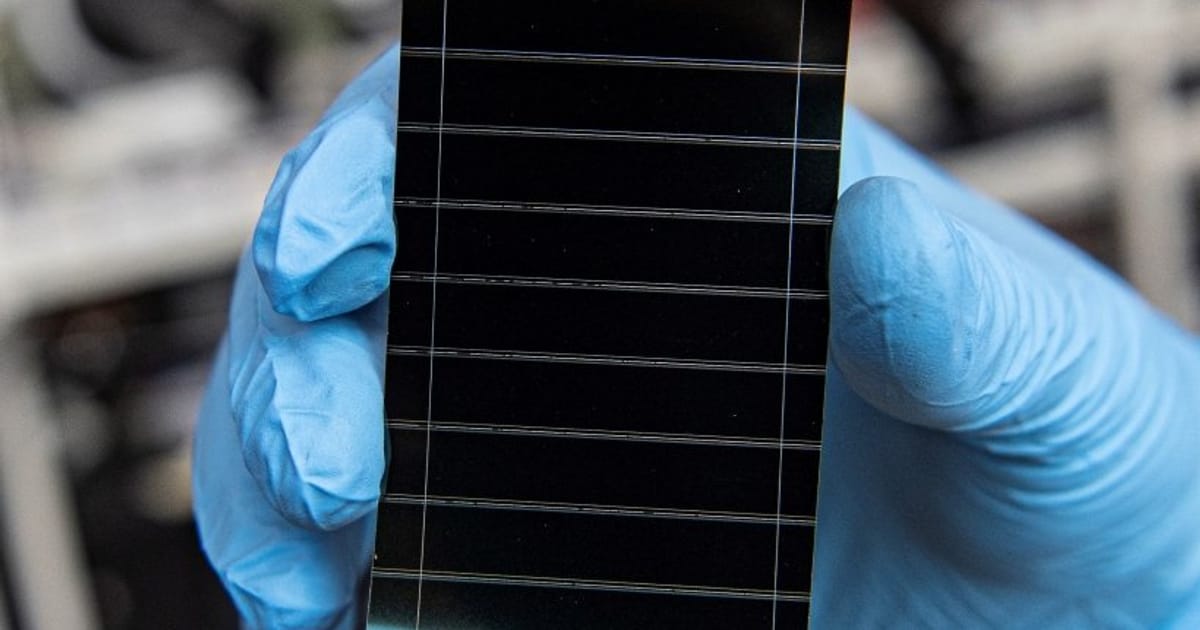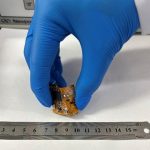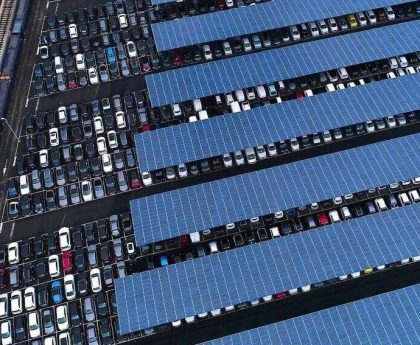Generating clean electricity from solar photovoltaic technology is the success story of the clean energy transition so far, but entrepreneurs and investors are still plumbing the science for improved performance and cost.
Startup Swift Solar banked a $27 million Series A financing round this week to commercialize a new light-absorbing class of crystalline materials known as perovskites, which have the potential to improve upon today’s utterly dominant technology — crystalline silicon.
It’s not the first firm to have this idea. Over the last decade, billions of dollars in venture and corporate funding has been spent chasing the goal of manufacturing high-efficiency, non-silicon solar modules using materials including perovskites. America’s First Solar is the world’s only non-silicon solar manufacturer to survive and grow to multi-gigawatt capacity. (Incidentally, First Solar, which uses a technology based on thin-film cadmium telluride materials, acquired a perovskite startup last year.)
Over the last 10 years, the average efficiency of standard silicon solar modules — the percentage of solar energy converted into useful energy — has steadily increased from about 15 percent to more than 20 percent. Solar efficiency is forecast to reach 23 to 24 percent by the end of this decade. It’s an inspirational technological progression, but one that is now butting up against the physical limits of these materials.
Rather than go head-on against the companies — most based in China — that are squeezing every drop of efficiency out of silicon modules and producing them at staggering scale and low cost, Swift and a number of other firms are looking to blow through the efficiency limits of standard modules using perovskites. To do so, these firms aim to create a “tandem cell,” layering perovskite atop a conventional silicon cell.
Joel Jean, Swift’s CEO and co-founder, as well as Scott Graybeal, CEO of startup Caelux, told Canary Media that a perovskite layer could boost relative efficiency enough to produce modules at 27 to 29 percent efficiency. More efficient solar panels means that more electricity can be produced from the same acre of land or rooftop, making solar power — already the cheapest form of electricity in history — even cheaper.
Perovskites are also promising because they can be produced from earth-abundant materials and have the potential to be recycled, and perovskite cells can be manufactured using lower cost and lower temperature printing processes than the complex gear required to produce silicon modules.
Yet questions remain about perovskite modules’ lifetimes and stability. Properly characterizing the long-term reliability of a perovskite module to the satisfaction of risk-averse insurers and project developers will take years of investment, deployment, and industry standardization. In contrast, silicon is one of earth’s most studied elements; its long-term behavior and failure modes are already well understood, to the point where it allows module producers to offer 30-year-plus guarantees on their products.
This post was originally published on 3rd party site mentioned in the title of this site






